The History and Symbolism of Popular Gemstones in Jewellery
The Timeless Allure of Diamonds
Diamonds have captivated humans for centuries, with their unmatched brilliance and enduring allure. Often referred to as the "king of gemstones," diamonds are treasured not only for their beauty but also for their symbolic meanings. Historically, diamonds were believed to be fragments of stars or the tears of gods. In many cultures, they symbolize purity, strength, and eternal love, making them a popular choice for engagement rings and wedding bands.
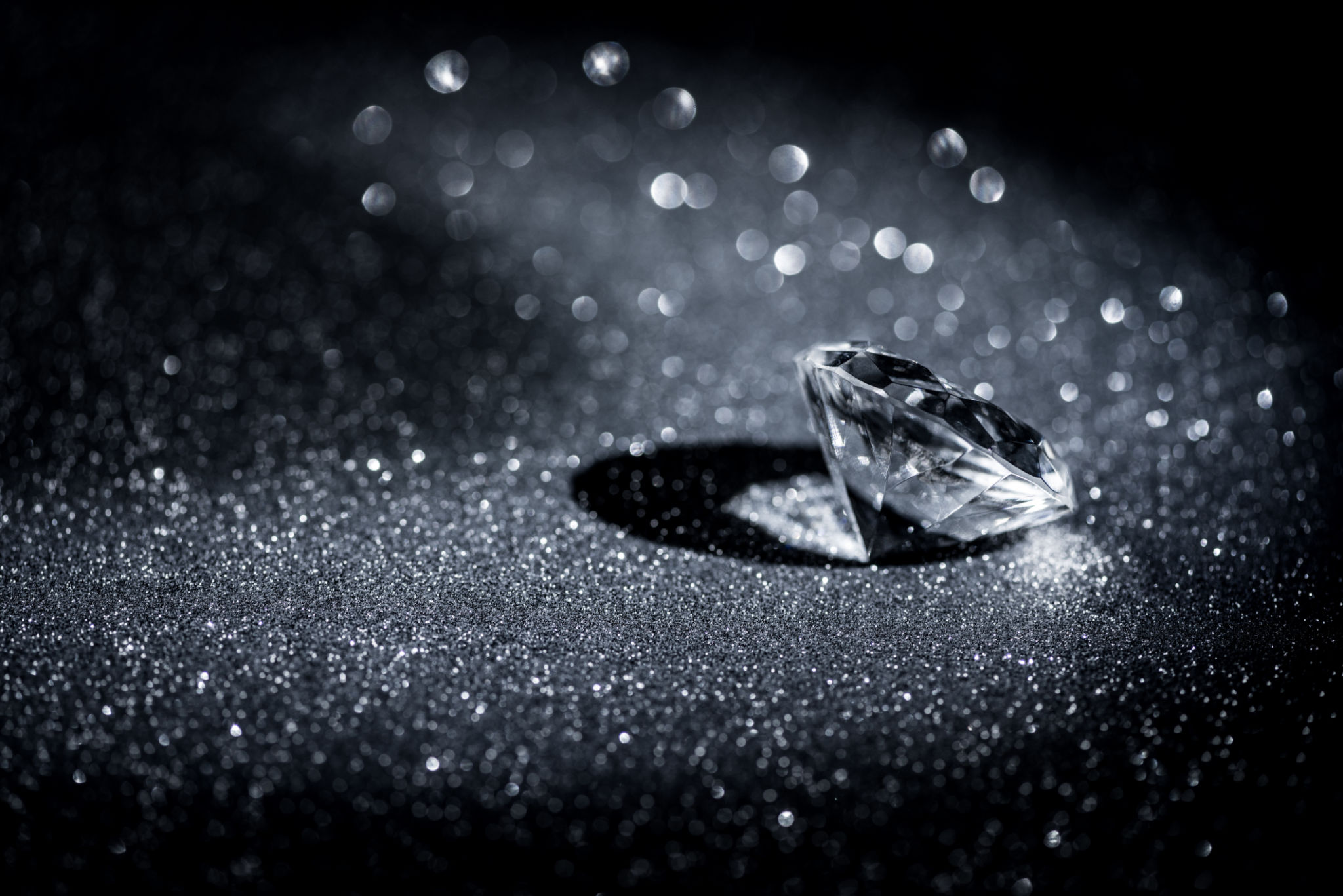
In addition to their symbolic meanings, diamonds have a rich history of being used as talismans. Ancient warriors wore them into battle, believing that diamonds could bring them invincibility. Today, they continue to be seen as a symbol of power and resilience.
Emerald: The Gem of Rebirth
Emeralds are renowned for their deep green hue and have been cherished throughout history for their beauty and supposed mystical properties. The ancient Egyptians associated emeralds with fertility and rebirth, often adorning themselves with these gems in life and in death. Cleopatra herself was famously known for her love of emeralds.
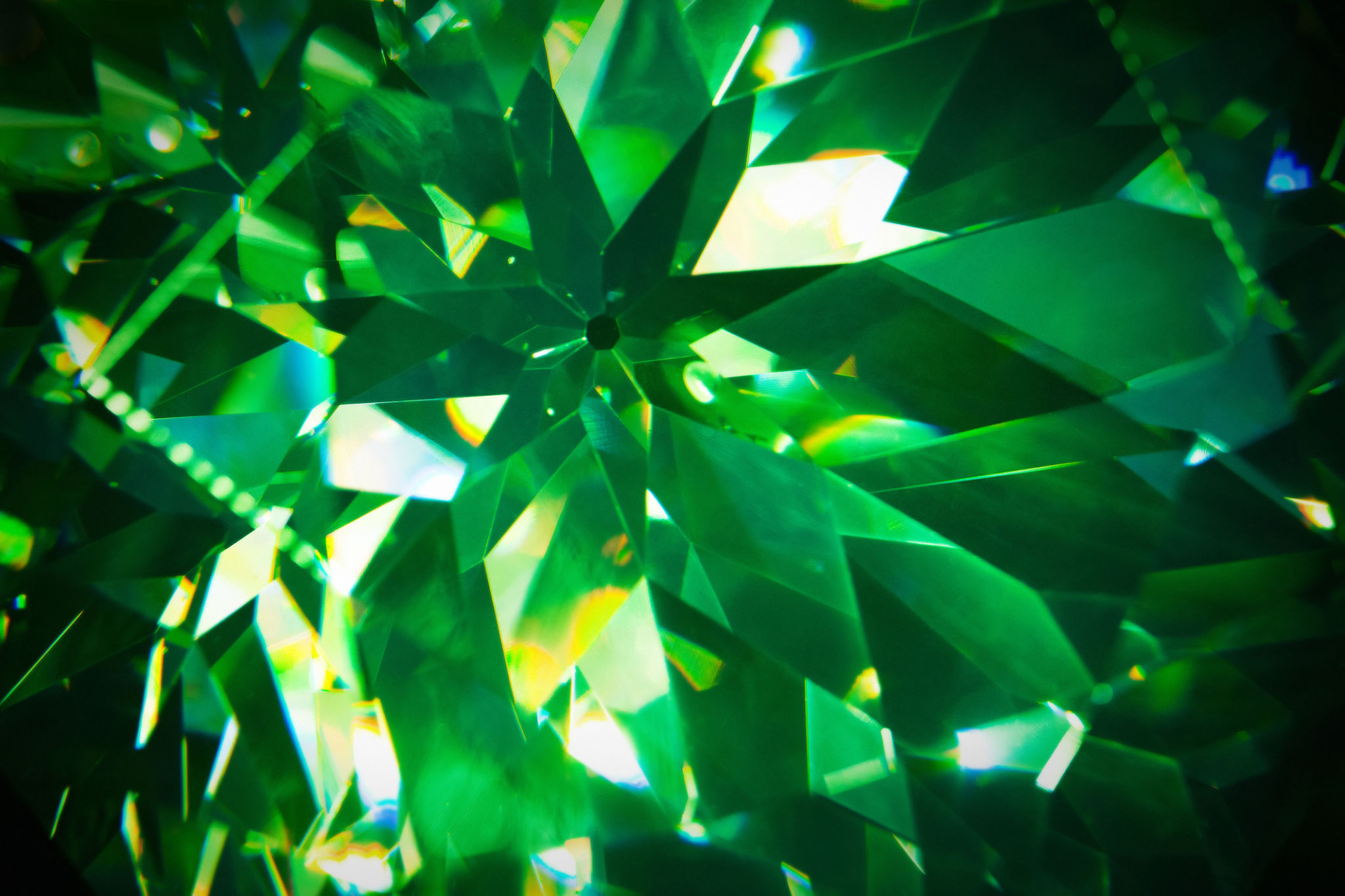
Beyond their historical significance, emeralds are often thought to bring good fortune and youth. In modern times, they are frequently given as gifts to symbolize renewal and hope, making them a meaningful choice for anniversaries or milestones.
Sapphires: Symbols of Wisdom and Nobility
Sapphires, with their striking blue color, have long been associated with royalty and wisdom. Historically, they were believed to protect against envy and harm. The ancient Persians even thought that the earth rested on a giant sapphire, whose reflection gave the sky its blue color.
In the realm of symbolism, sapphires are seen as stones of mental clarity and insight. They are also associated with sincerity and faithfulness, often used in engagement rings as a testament to one's devotion and loyalty.
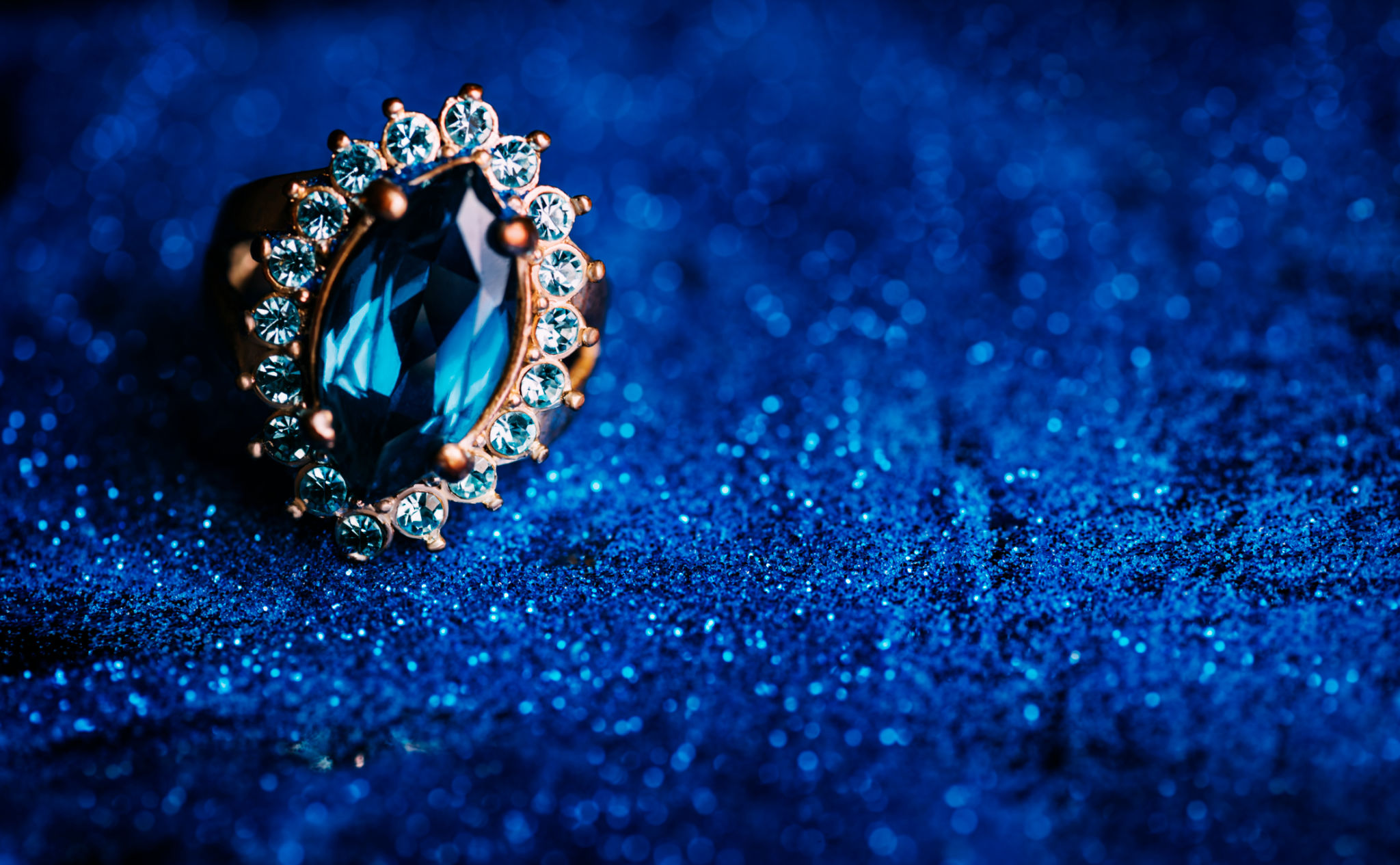
The Mysterious Allure of Rubies
Rubies are known for their vibrant red color, symbolizing passion and vitality. Throughout history, rubies have been considered the "king of precious stones." Ancient cultures believed that rubies held the power of life due to their blood-red hue.
Today, rubies continue to evoke a sense of passion and romance. They are often used in jewelry to convey deep emotions and are considered a perfect gift for significant anniversaries or declarations of love.
Amethyst: A Stone of Serenity
Amethyst is cherished for its calming purple tones and has been associated with peace and clarity of mind. In ancient times, it was believed that amethysts could prevent intoxication and were worn by royalty as a symbol of protection and power.
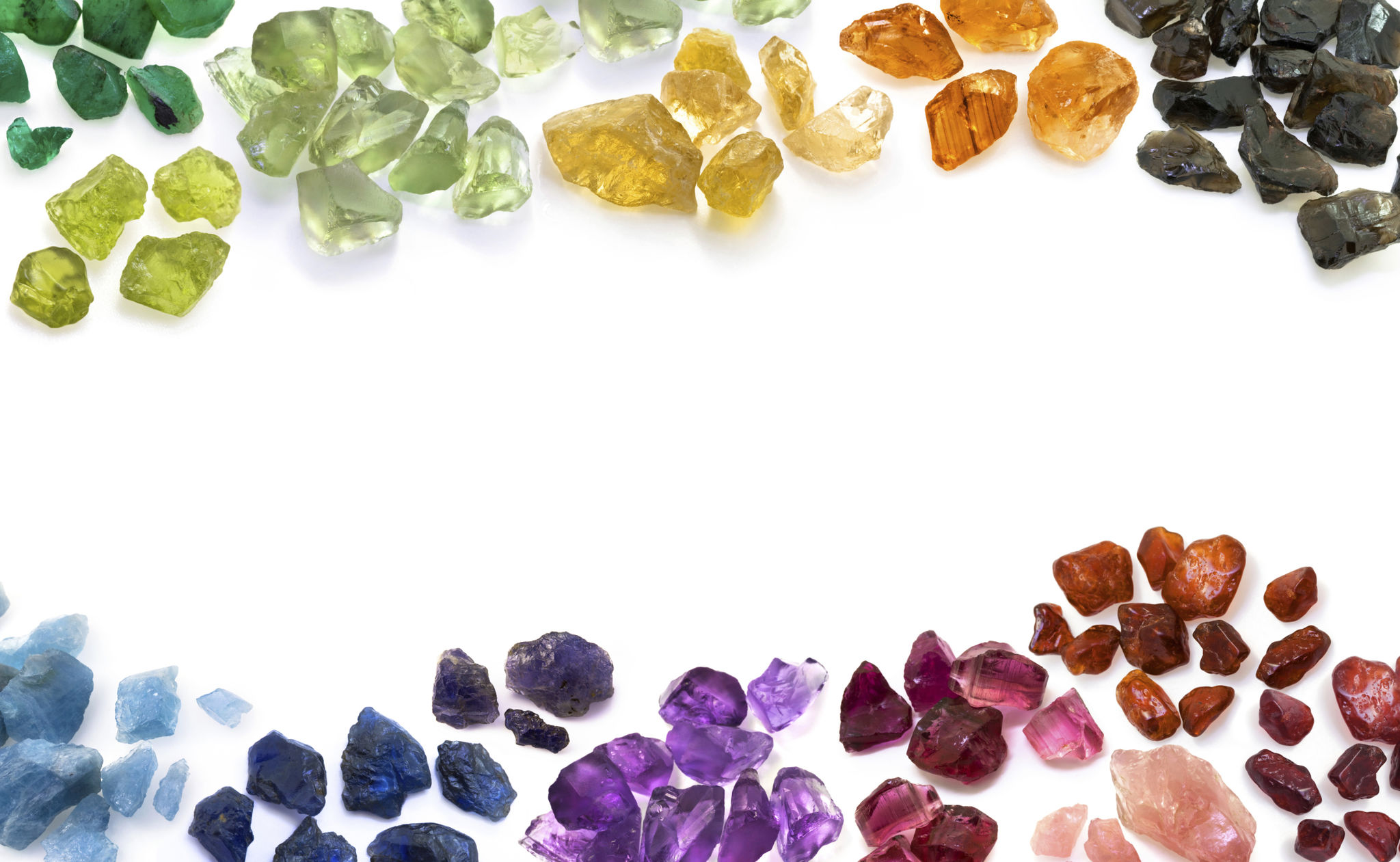
In modern symbolism, amethysts are thought to bring tranquility and balance. They are often used in meditation practices to enhance spiritual growth and inner peace.
The Versatile Beauty of Topaz
Topaz is a gemstone with a wide range of colors, each carrying its own significance. Blue topaz is associated with communication and clarity, while golden topaz is linked to wealth and success. Historically, topaz was believed to have healing properties and was used as a protective talisman.
Today, topaz remains a popular choice for jewelry due to its versatility and vibrant colors. It is often worn to symbolize creativity and abundance.
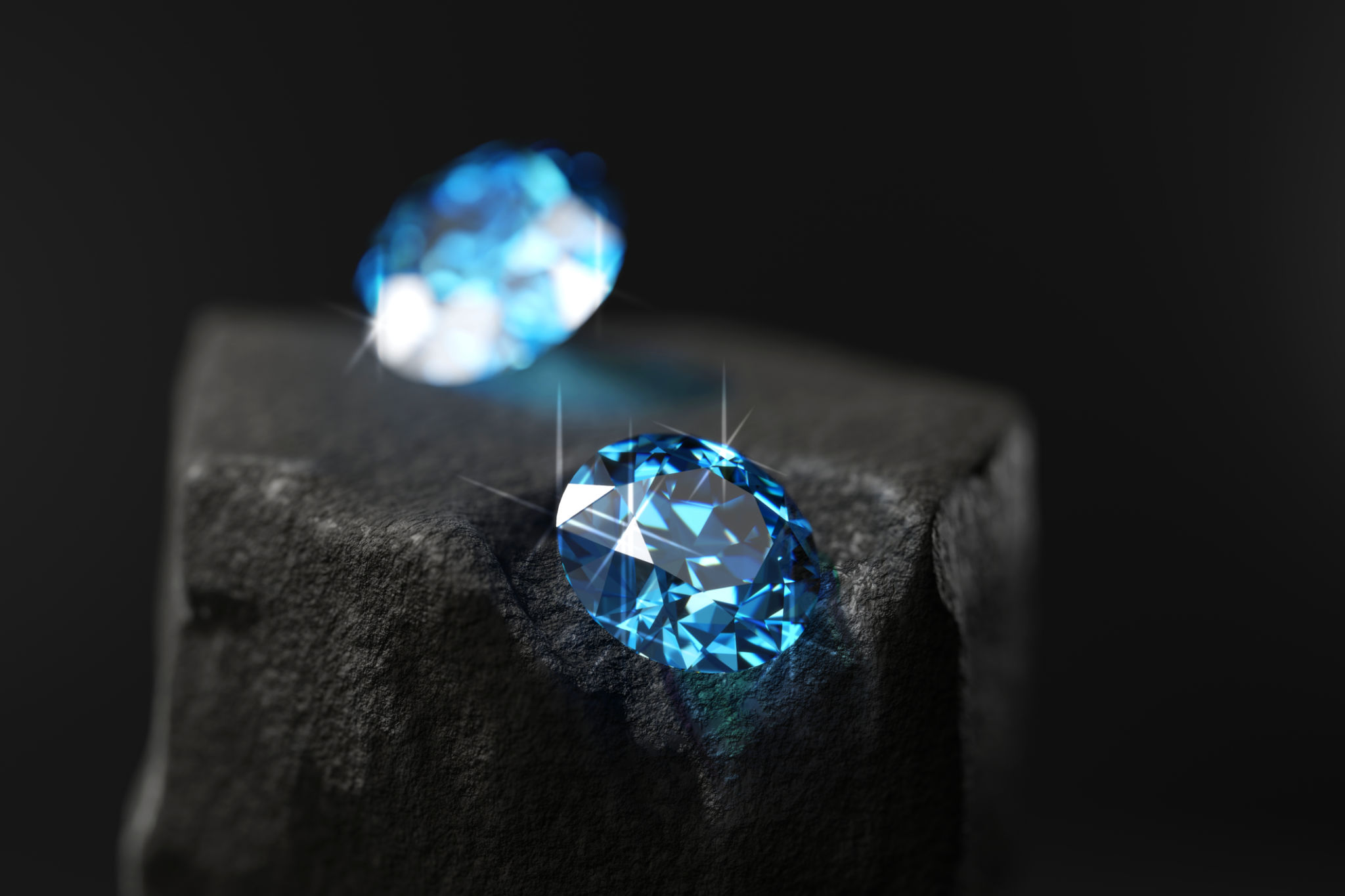
From diamonds to topaz, each gemstone carries its own unique history and symbolism that continues to captivate people worldwide. Whether used for personal adornment or as meaningful gifts, these gemstones remind us of the rich traditions and beliefs that have shaped our understanding of beauty and significance throughout the ages.
